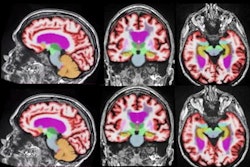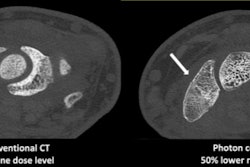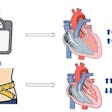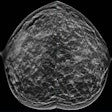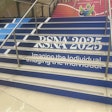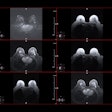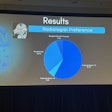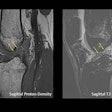Dear AuntMinnie Member,
Although a patient history of hypersensitivity to iodinated contrast agents used in CT exams wasn't previously considered a risk factor for hypersensitivity to gadolinium-based contrast agents (GBCAs) in MRI, new research has found a connection between these troublesome allergic reactions.
In an analysis that encompassed over 150,000 patients who had received GBCAs, a South Korean team concluded that those who had allergic reactions to iodinated contrast agents were also 4.6 times more likely to have a reaction to GBCAs.
As a result, the authors recommend that patients should be assessed for any prior allergic reactions to contrast prior to receiving a GBCA during MRI. Our coverage of this research was the most-viewed story on AuntMinnie.com this week, and you can access this and other MRI news in our MRI Community.
Second-opinion reads
Radiologists often need to provide second-opinion interpretations on imaging studies acquired at external facilities. But are they appropriately reimbursed for this task? After retrospectively reviewing three years' worth of second-opinion reads for breast imaging studies, researchers concluded that using partial work relative value units (wRVUs) was insufficient for the amount of work that was performed.
They believe that their data support billing for the study-specific current procedural terminology (CPT) code and crediting radiologists with full professional wRVUs for each second-opinion interpretation.
You can read about this and other practice-management topics in our Imaging Leaders Community.
Worries over DCIS
Although ductal carcinoma in situ (DCIS) usually doesn't develop into invasive breast cancer, that doesn't mean patients won't worry about their diagnosis and treatment plan. However, radiologists can play a big role in alleviating these fears by communicating with patients about DCIS and the benefits and harms of different management options, according the to results from a survey of over 1,800 women.
Speaking of DCIS management, researchers from South Korea have developed a clinical model that utilizes ultrasound to help identify lesions likely to be low-risk DCIS. Clinicians could then use the model's results to consider nonsurgical treatments for these patients.
For this and other women's imaging news, stop by our Women's Imaging Community.






